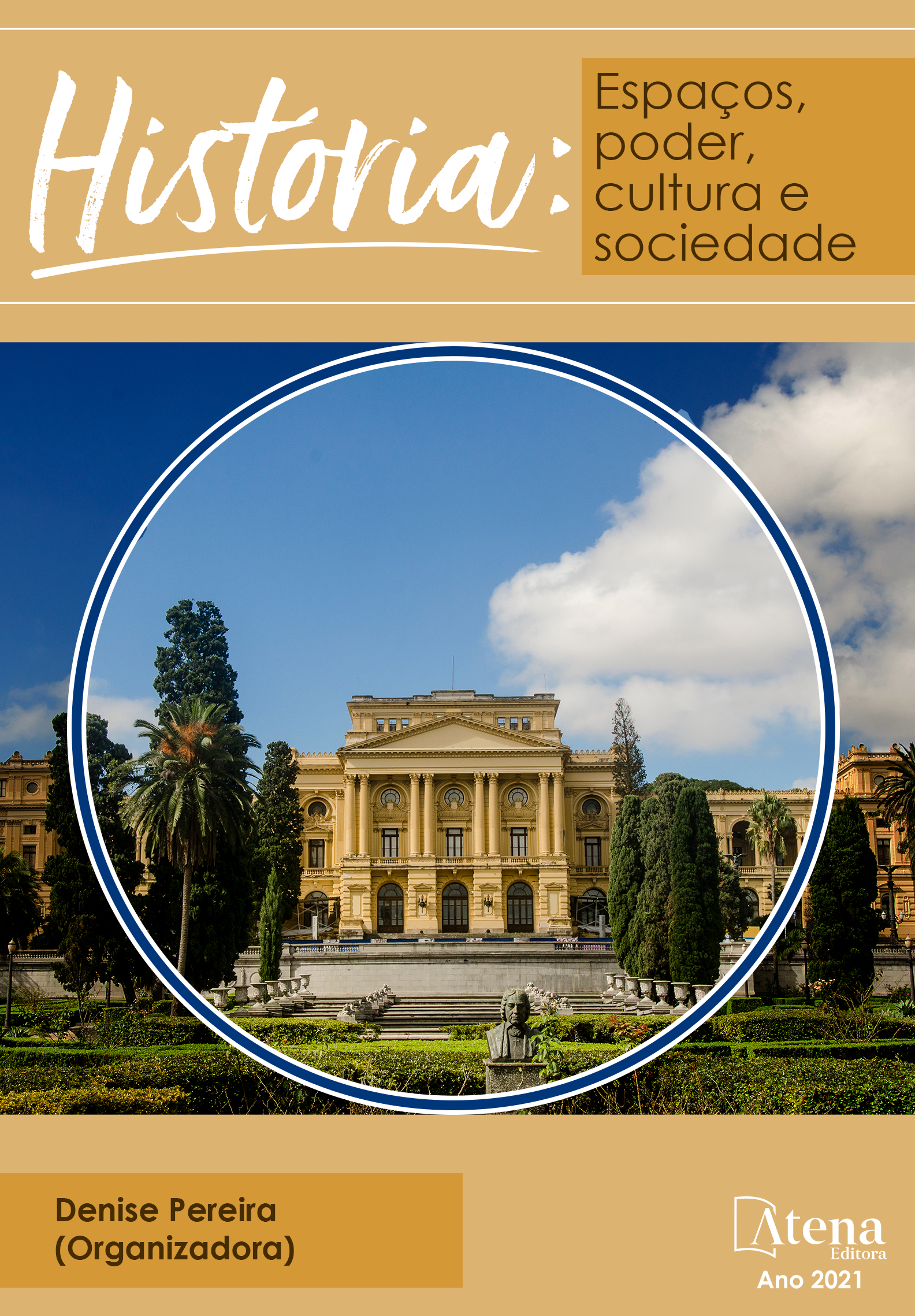
PATRIMÔNIO CULTURAL E SEGUNDA ESCRAVIDÃO: HISTÓRIA E MEMÓRIA DO VALE DO CAFÉ
O conceito de segunda escravidão e a bibliografia a ele relacionada abordam a discussão sobre a centralidade do Vale do Paraíba e sua conexão com a expansão do capitalismo industrial em escala atlântica. Desse modo, o artigo apresenta um estudo sobre o patrimônio cultural da região em questão através da associação do conceito de segunda escravidão e a configuração da região do Vale do Paraíba escravista e cafeeiro com a evidência de que esse período de cultivo do café deixou fortes traços culturais, a saber: arquitetônicos, artísticos, gastronômicos e manifestações culturais, tanto eruditas como populares. Com o objetivo de relacionar a memória dessa época através de um levantamento dos patrimônios culturais, materiais e imateriais, que configuram sua trajetória de apogeu e crise, auge e decadência. Assim, por meio de uma análise comparativa de bens culturais das duas dimensões, buscamos evidenciar a relação dialética da construção identitária dos patrimônios culturais do Vale do Café através de um estudo de caso sobre o município de Barra do Piraí.
PATRIMÔNIO CULTURAL E SEGUNDA ESCRAVIDÃO: HISTÓRIA E MEMÓRIA DO VALE DO CAFÉ
-
DOI: 10.22533/at.ed.38921260811
-
Palavras-chave: Patrimônio cultural, segunda escravidão, Vale do Café
-
Keywords: Cultural heritage, second slavery, Vale do Café
-
Abstract:
The concept of second slavery and the bibliography related to it address the discussion about the centrality of the Paraíba Valley and its connection with the expansion of industrial capitalism on an Atlantic scale. Thus, the article presents a study on the cultural heritage of the region in question through the association of the concept of second slavery and the configuration of the slavery and coffee productor Vale do Paraíba region with the evidence that this period of coffee cultivation left strong traces cultural, namely: architectural, artistic, gastronomic and cultural manifestations, both erudite and popular. Aiming to relate the memory of that time through a survey of material and immaterial cultural heritages which configure its trajectory of peak and crisis, peak and decay. Thus, through a comparative analysis of cultural assets from both dimensions, we seek to highlight the dialectical relationship of the identity construction of cultural heritage in Vale do Café through a case study on the municipality of Barra do Piraí.
-
Número de páginas: 17
- Luana da Silva Oliveira


